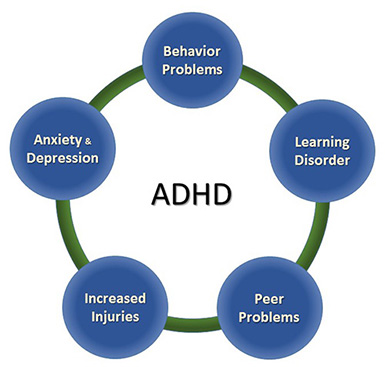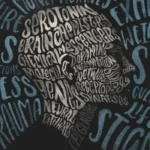Neurofeedback, also known as EEG biofeedback, is a non-invasive therapeutic approach that uses real-time monitoring of brainwave activity to help individuals learn how to regulate their own brain function. It has been used in a variety of fields, including counselling and psychotherapy, as a complementary tool to traditional talk therapy. In this blog, we will explore how neurofeedback can be used in counselling and psychotherapy.
Anxiety and Depression
Neurofeedback has been shown to be effective in treating anxiety and depression by regulating the activity of the brain’s emotional centers. It can help individuals identify and reduce patterns of overactivity in these areas, resulting in reduced feelings of anxiety and depression.

ADHD
Neurofeedback has also been used to treat ADHD, a condition characterized by inattention, hyperactivity, and impulsivity. Neurofeedback can help individuals with ADHD learn to focus their attention and improve their ability to regulate their emotions, leading to better behavioral control.

Trauma
Individuals who have experienced trauma may benefit from neurofeedback therapy, as it can help regulate the brain’s fear response. By reducing the activity of the amygdala (the brain’s fear center) and increasing activity in the prefrontal cortex (the area responsible for executive functioning and decision-making), individuals can learn to manage their emotional responses to traumatic events.

Substance Abuse
Neurofeedback has also been used to treat substance abuse, as it can help individuals regulate the reward centers of the brain that are often activated by drug use. By teaching individuals to self-regulate their brain activity, neurofeedback can reduce cravings and improve self-control, making it easier to resist the urge to use drugs.

Sleep Disorders
Neurofeedback has been shown to be effective in treating sleep disorders such as insomnia. By helping individuals learn to regulate their brainwave activity, neurofeedback can improve sleep quality and reduce the time it takes to fall asleep.

Neurofeedback
is a promising therapy that can be used in counselling and psychotherapy to complement traditional talk therapy. By providing individuals with real-time feedback on their brainwave activity, neurofeedback can help individuals learn to regulate their own brain function and improve their emotional well-being. While it is not a standalone treatment, it can be an effective tool when used in conjunction with other therapies. If you are interested in learning more about neurofeedback therapy and whether it may be right for you, consult with a licensed mental health professional who is trained in its use.
Studies on Neurofeedback for Trauma
There have been several studies that have explored the use of neurofeedback as a treatment for trauma. One such study was conducted by researchers at the University of California, Los Angeles, and was published in the Journal of Traumatic Stress in 2014.
The study involved 17 women who had experienced childhood sexual abuse and were diagnosed with post-traumatic stress disorder (PTSD). The participants underwent 20 sessions of neurofeedback over a period of 10 weeks. The neurofeedback focused on enhancing alpha and theta brainwave activity, which has been shown to be associated with relaxation and emotional regulation.
The results of the study were promising. The participants showed significant improvements in their PTSD symptoms, as well as improvements in depression and anxiety symptoms. The improvements were maintained at a six-month follow-up assessment. The researchers also observed changes in brain activity, with the participants showing increased alpha and theta activity in the prefrontal cortex, which is involved in emotional regulation.
Another study, published in the Journal of Neurotherapy in 2018, looked at the use of neurofeedback in combination with eye movement desensitization and reprocessing (EMDR) therapy for treating PTSD. The study involved 24 veterans who had experienced combat-related trauma. The participants underwent 15 sessions of neurofeedback and EMDR over a period of 10 weeks.
The results of the study showed significant improvements in PTSD symptoms, depression, and anxiety, as well as improvements in sleep quality. The researchers also observed changes in brain activity, with the participants showing increased alpha and theta activity in the prefrontal cortex and reduced activity in the amygdala, which is involved in the brain’s fear response.
While more research is needed to fully understand the effectiveness of neurofeedback for trauma, these studies suggest that it may be a promising treatment option for individuals with PTSD and other trauma-related conditions.





